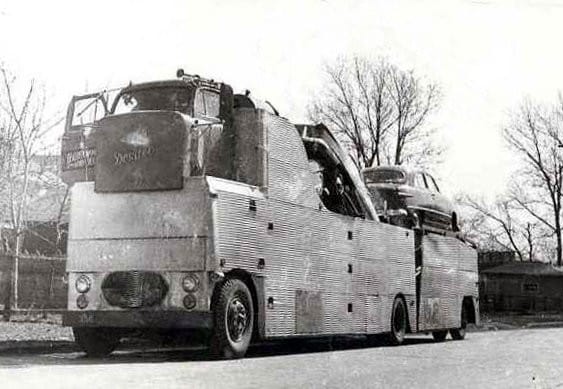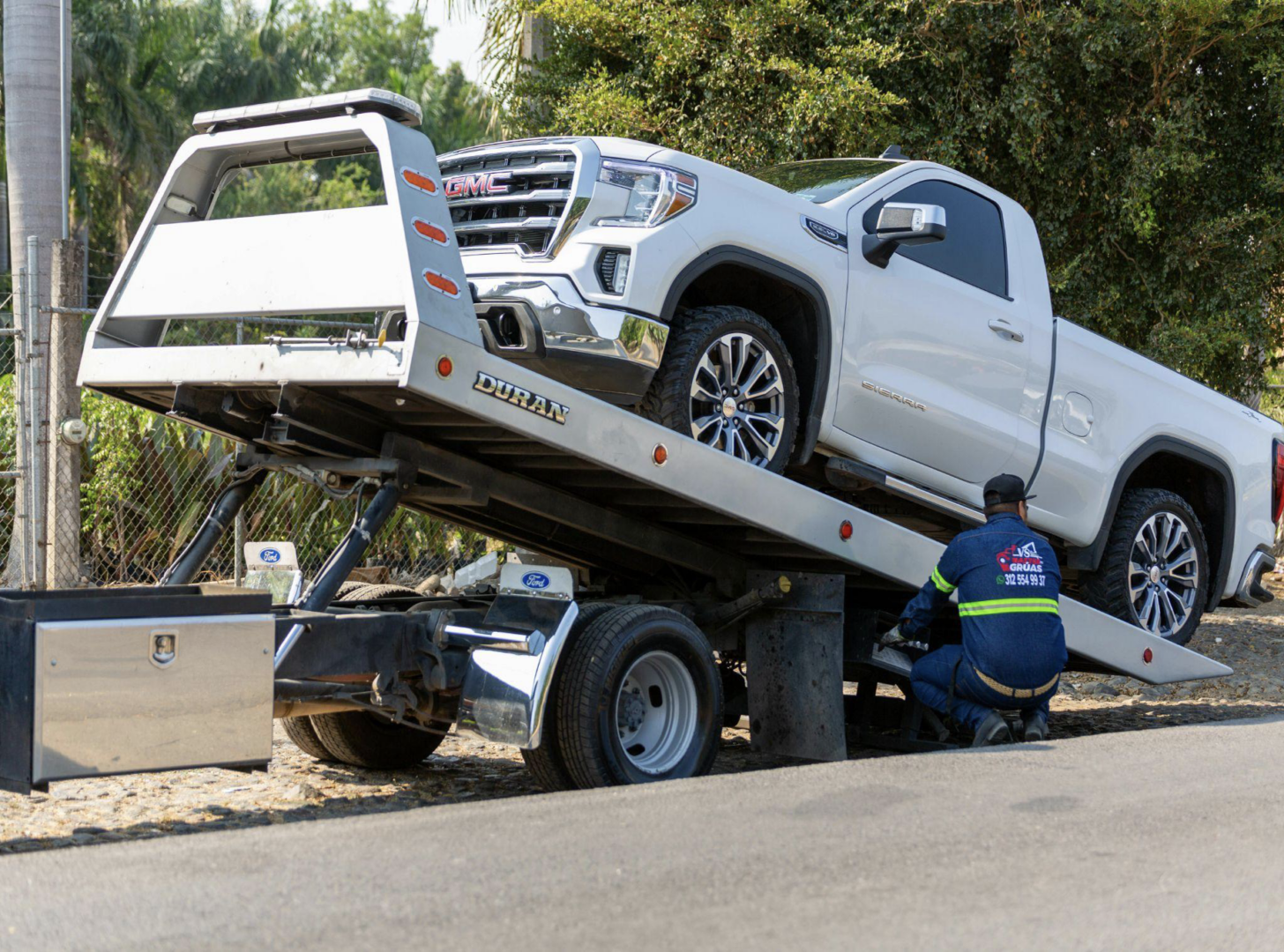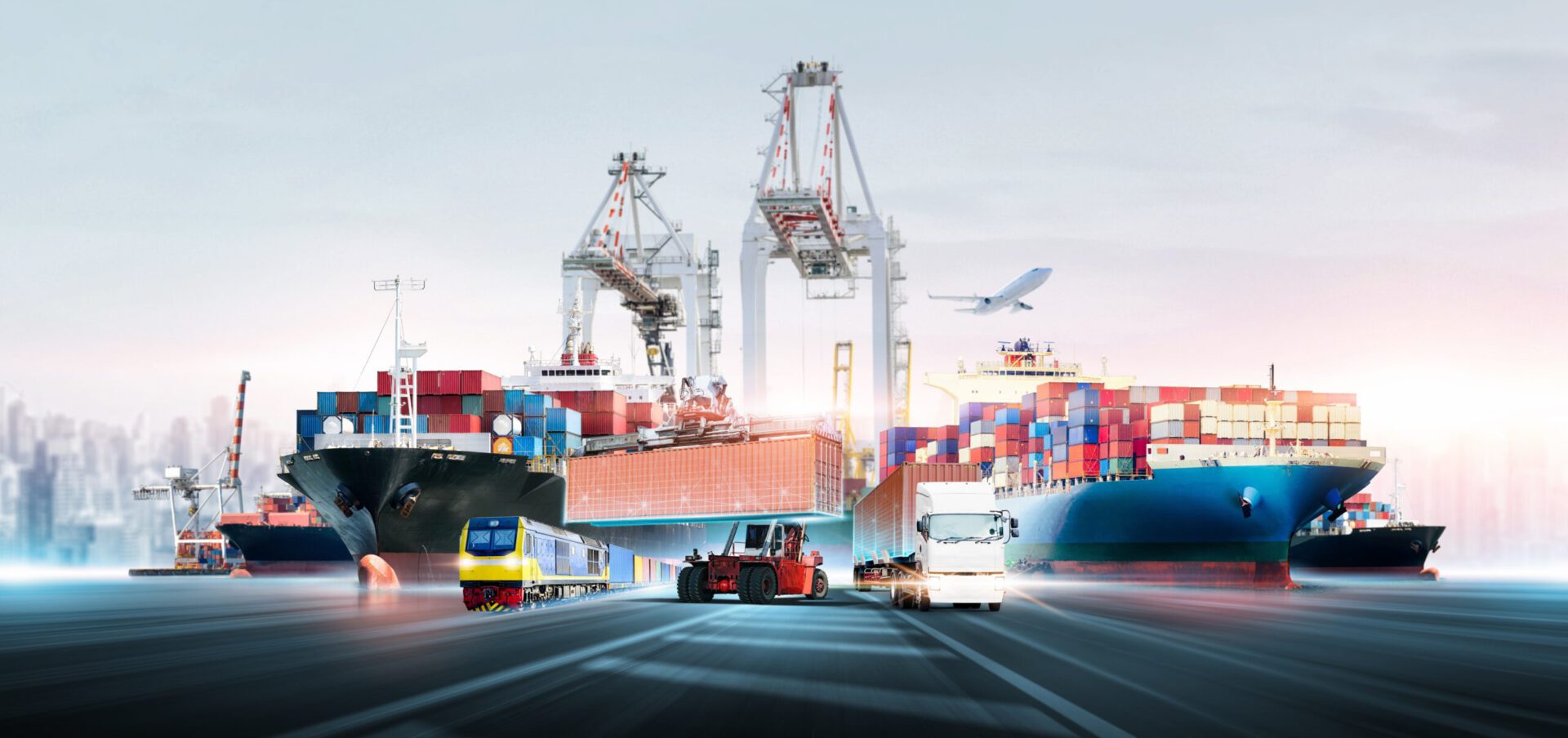As the economy progresses, so do the innovations and technologies in the vehicle transportation sector. With cars comes the application of horse-drawn buggies and wagons to move them. When vehicles came, people used horse-drawn buggies and wagons to transport them. However, after the development of technology, the way cars moved underwent some changes. The creation of modern mass-produced cars substantially increased the use of trains as cargo carriers. In addition, road infrastructure development expands the speed and availability of transport. Car carriers have revolutionized the transport industry, making it easier to transport extensive vehicle fleets over long distances and reshaping the evolution of car transport.
Evolution of Car Transport
Years ago, the conventional carriages were slow because the horses could not pull the loads for too long. Nevertheless, the steam engine came to light at the end of 1700, and the Industrial Revolution started. Steam-powered automobiles began to be widely used in railroads and motor vehicles, opening a new chapter in transportation. Later, the internal combustion engine allowed cars to become faster, more reliable, and more affordable for transportation. Technological developments, including fuel injection, automatic transmission, and computer systems, have been the main contributors to the shaping of transportation.
Factors that Led to Car Transport Evolution
The development of vehicle transportation is an outcome of many factors that keep changing. Some of them are:
Technological Advancements
The main driving force behind development in the transport sector is technological advancement. Steam and combustion engines were produced as a result of technical industrialization, which began with the invention of the wheel. Vehicles were cheaper, faster, and more potent as a result of these advancements.
Economic Growt
This high rate of global consolidation has been a key driver of transportation demand. As societies grow in connectivity, transportation becomes more imperative to fulfill the purposes of commuting, trade, and leisure. Then, the evolution of cars, trains, ships, and airplanes occurs.
Social and Cultural Influences
Socio-cultural aspects also have a huge and decisive effect on transportation transformation. Cars are regarded as symbols of freedom and status in many cultures. Thus, they are widely accepted and have laid down the norms for modern vehicle transportation.
Environmental Concerns
Consciousness about environmental concerns, including pollution and climate change, advocates for a shift to safer traveling modes. This has eventually led to the production and utilization of electric cars and other forms of eco-friendly mobility for transporting vehicles.
Government Policies and Regulations
Government policies and regulations have played a major part in developing the world’s transportation system. Enhancing the infrastructure, implementing traffic rules, and passing policies emphasizing some means of transport over others have tremendously contributed to the transportation sector.
Early Forms of Car Transport
Around 1800, steam-powered vehicles emerged as an alternative to horses used in carriages. Despite their innovative breakthrough, they required improvement in speed and reliability. The most prominent event in the car’s history was the invention of cars at the end of the 19th century. Finally, there was a substitution for horse-drawn carriages, which were replaced by steam-powered engines as the common vehicle transport mode.
Rise of Rail Transport for Cars
The development of railroad carriage transport made railroad carriage transport possible. As a result, automobile manufacturers could move their cars across long distances, enter new markets, and expand their reach. Railway transport gave automakers the best option of bulk-loading vehicles and practically eliminated the need for individual drivers to drive cars over long distances. This efficiency allowed growth and allowed manufacturers to distribute their cars to a wider base more easily.
Invention of the Automobile Carrier
Introducing vehicle carriers offered huge potential for transporting vehicles long distances in the automotive industry. Distance was no longer a barrier to transporting large quantities of cars. The infrastructure could now be banked on to reach even distant markets that were not previously accessible.
With the special trailers used for the transport of cars, there was both safety and security for the vehicles on the trailer. There was a low risk of damage to the vehicles during transit. This innovation alleviated the manufacturers’ dilemma of transporting their cars in bulk. Moreover, it also supported the expansion of the automotive industry by spreading the availability of cars in faraway regions.
Technological Advancements in Car Transport
The continuous progress and development of technology boosts car transport significantly. The primary innovation is the use of GPS technology in transport vehicles. These systems do more than just vehicle tracking; they allow real-time monitoring of the location and status of vehicles during transit. Through GPS tracking, transport companies can operate vehicle tracks that indicate the exact order of the delivery and the scheduled delivery.
The next technological improvement will be the newly emerged sophisticated vehicle protection methods. Advance securing methods like wheel straps, tie-downs, and wheel chocks promise that no vehicles will be unsteady and insecure during the journey. These minimizing methods reduce the risk of shifting or damage so passengers and truck owners share peace of mind during the transshipment.
Challenges in Modern Car Transport
Current car transport faces various problems which directly influence effectiveness and safety.
- Traffic Congestion and Urban Planning Issues
Dense traffic resulting from an urban setup is among the challenges. Traffic-dense roads cause carriages to slow down, resulting in the postponement of car deliveries and following the increase in costs. Insufficient urban planning has worsened the situation in terms of congestion and lack of space for transport activities.
- Safety Concerns in Car Transport Logistics
Safety concerns are another problem that affects contract car transport logistics. Towing vehicles over long distances while dealing with road conditions and hazards may require adopting strict safety measures. Vehicle safety is critical, and this can be achieved by fastening the vehicle well and adhering to traffic rules, which will ensure the safety of both drivers and vehicles.
Hassle-Free Car Transport with Transporting Highway!
Transporting Highway represents a visionary future of car transport, which anticipates innovative technologies and trends. The world of logistics has seen dramatic transformation through digitalization, with GPS tracking being one such improvement that allows real-time monitoring of vehicles during transit.
These innovations indicate a glamorous future for cars, where congestion, safety issues, and air pollution traffic can be resolved. Although Transporting Highway is redefining the world of vehicle transportation, it simultaneously invites new spheres of technological growth and development.



